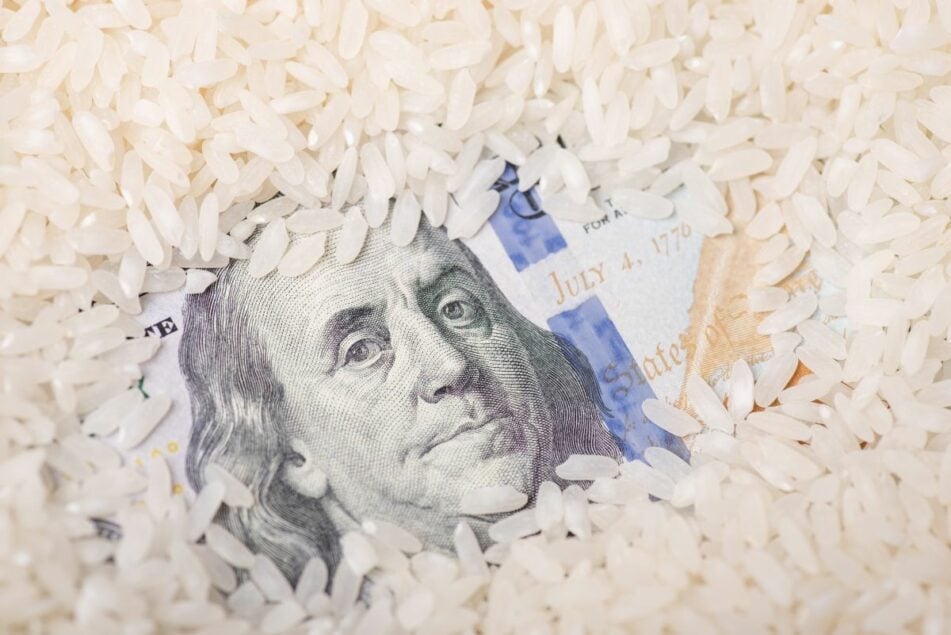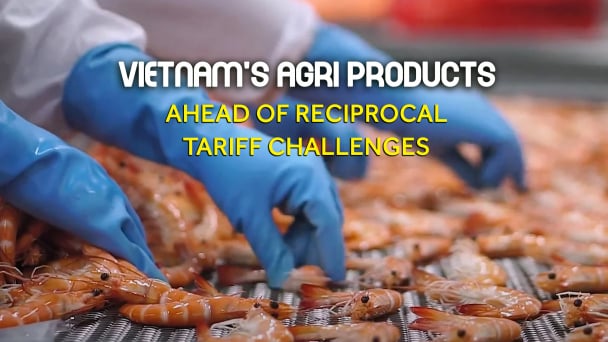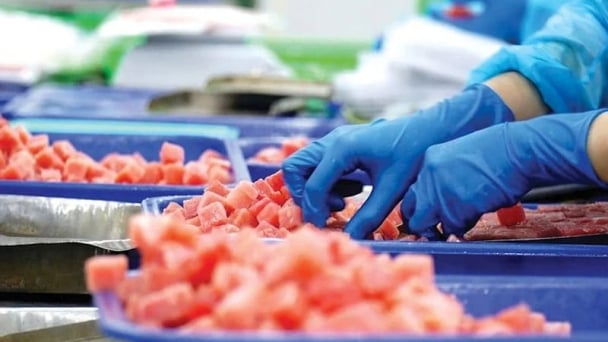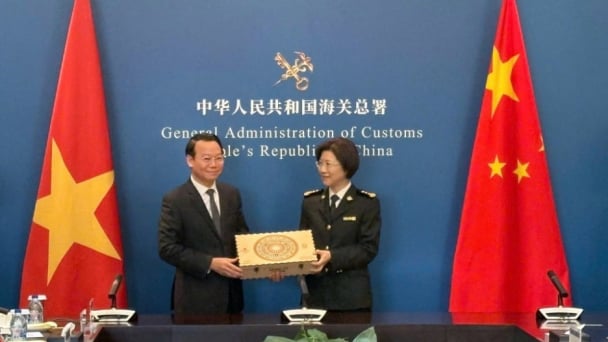May 30, 2025 | 00:25 GMT +7
May 30, 2025 | 00:25 GMT +7
Hotline: 0913.378.918
May 30, 2025 | 00:25 GMT +7
Hotline: 0913.378.918

Tariffs could reshape U.S. rice prices. Photo: FBN.
White House officials said that, beginning April 9, all Thai rice imports to the U.S. will face an additional tariff of 36%. The U.S. is the Western Hemisphere’s largest rice buyer, and since the mid-1980s Thailand has been the country’s leading foreign supplier of rice, especially aromatic varieties, according to the U.S. Department of Agriculture’s Economic Research Service.
Last year, Thailand shipped almost 850,000 tonnes of rice to the United States, nearly three times as many as India, the nation’s second-largest foreign supplier. Third was Vietnam, followed by Pakistan. As part of its tariff announcement, the White House also added tariffs on those countries: 26% for India, 46% for Vietnam and 29% for Pakistan.
Taken together and measured against those nations’ share of total US rice imports last year, the foreign rice supply now faces an average added tariff of more than 33% beginning April 9. In particular, more than 60% of U.S. rice imports are aromatic varieties, including jasmine and basmati that domestic producers generally do not grow. Overall, foreign rice imports make up more than one-fifth of US usage.
The White House also added a combined tariff rate of 54% on imports from China, a key supplier of short- and medium-grain rice to Puerto Rico.
Domestically, the U.S. produces about 80% of the rice it uses, according to the USA Rice Federation, and is the world’s fifth-largest rice exporter. Most U.S. rice is grown in the Southeast, Gulf Coast and on the West Coast.
Last year, the top export market for U.S. rice was Mexico, followed by Central America, Haiti, Japan and Canada, according to USDA data. The White House spared Mexico and Canada from new tariffs in its April 2 announcement, and US rice trade with those countries currently is exempt under the United States-Mexico-Canada Agreement, making any retaliatory tariffs unlikely to impact exports there. Most Central American nations and Haiti are now subject to the new 10% minimum tariff, while Japan received an added tariff of 24%. Retaliation from those nations could disrupt some U.S. rice exports, though Central American and Caribbean nations that rely on US rice for food security are unlikely to retaliate.
As noted in the USDA’s March Grain: World Markets and Trade report, world rice prices overall declined from March 2024 to March 2025 by anywhere from 10% to 40%, while global rice production reached a record high.
“This was an unexpected development in terms of scope, and we’ll see where it goes,” a U.S. rice industry source said. “On the one hand, you could see prices of imported rice varieties rise by a third or more, but on the other hand there is some opportunity here for domestically produced varieties to fill some of the void. What these tariffs do more than anything is create uncertainty, and uncertainty by nature is difficult to plan for.”
foodbusinessnews

(VAN) Reciprocal tariffs are exerting pressure on U.S. exports, prompting Vietnamese firms to shift their focus to Muslim markets, Thailand, and Brazil.

(VAN) A free booth for two years at Xinfadi, Beijing's largest wholesale market, will be allocated to Vietnam's agricultural products.

(VAN) Vietnamese shrimp exporters are actively looking for alternative markets and accelerating shipments to the United States in response to the pressure of impending reciprocal tariffs. This is occurring during a temporary tariff suspension.

(VAN) The import-export turnover between Vietnam and Singapore rose amid a trade rebound, with machinery, electrical equipment, and fuels making up the majority of the transaction value.

(VAN) Director General of the General Administration of Customs of China, Ms. Sun Mai Jun, has pledged to implement measures that will ease the import process for Vietnamese agricultural products.

(VAN) Although Vietnam is still increasing its coffee exports, the industry is currently in the process of determining market strategies in response to the U.S. imposition of reciprocal tariffs.

(VAN) With rising demand in Muslim-majority countries, Halal certification is becoming a critical passport for Vietnamese agricultural products seeking sustainable market access and consumer trust in the Middle East and Africa.